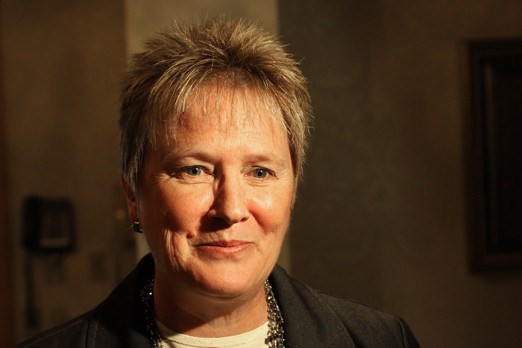Getting patients home to make life-changing decisions is now a philosophy for health-care workers in Thunder Bay.
Patients waiting to enter alternative levels of care, such as supportive housing or long-term care, used to stay at the hospital. This took up valuable acute-care bed space. But since September, the North West Local Health Integration Network’s Home First strategy has reduced the number of ALC patients by 45 per cent in the city.
Through a partnership between the LHIN, Thunder Bay Regional Health Sciences Centre, St. Joseph’s Care Group and the North West Community Care Access Centre patients can now wait at home to make decisions about their next step for health care.
"Not a lot of thought was put into what would bring them home, what would it take to support people back in their homes again," said Access Centre CEO Tuija Puiras.
But with the home-first philosophy in place, all that’s changed, said North West LHIN CEO Laura Kokocinski.
"We have now been seeing huge results from that collaboration and that partnership," she said.
From reducing gridlock to happier patients, Kokocinski said home first is working well.
"Patients can make those decisions without being in an acute setting where there’s a lot of stress where there is a lot of pressure to make quick decisions," she said. "They don’t want to be in an institution. They want to be at home. They want to be with their family. They want to with their friends as long as they can be."
The plan is to shift alternative care away from hospitals and rely more on community support services through organizations like the Access Centre. It can be quite challenging to community support providers, but Puiras said getting people home needs to happen.
"We have seen a significant increase in the services we provide through our organization but it certainly is a much more person friendly place to be because everyone wants to be at home," Puiras said.
All 14 provincial LHINs are adopting the home first shift.
Sign in or register
- Messages
- Post a Listing
- Your Listings
- Your Profile
- Your Subscriptions
- Your Likes
- Your Business
- Support Local News
- Payment History
Registered Users
Already have an account?
New Users
Create a free account.
